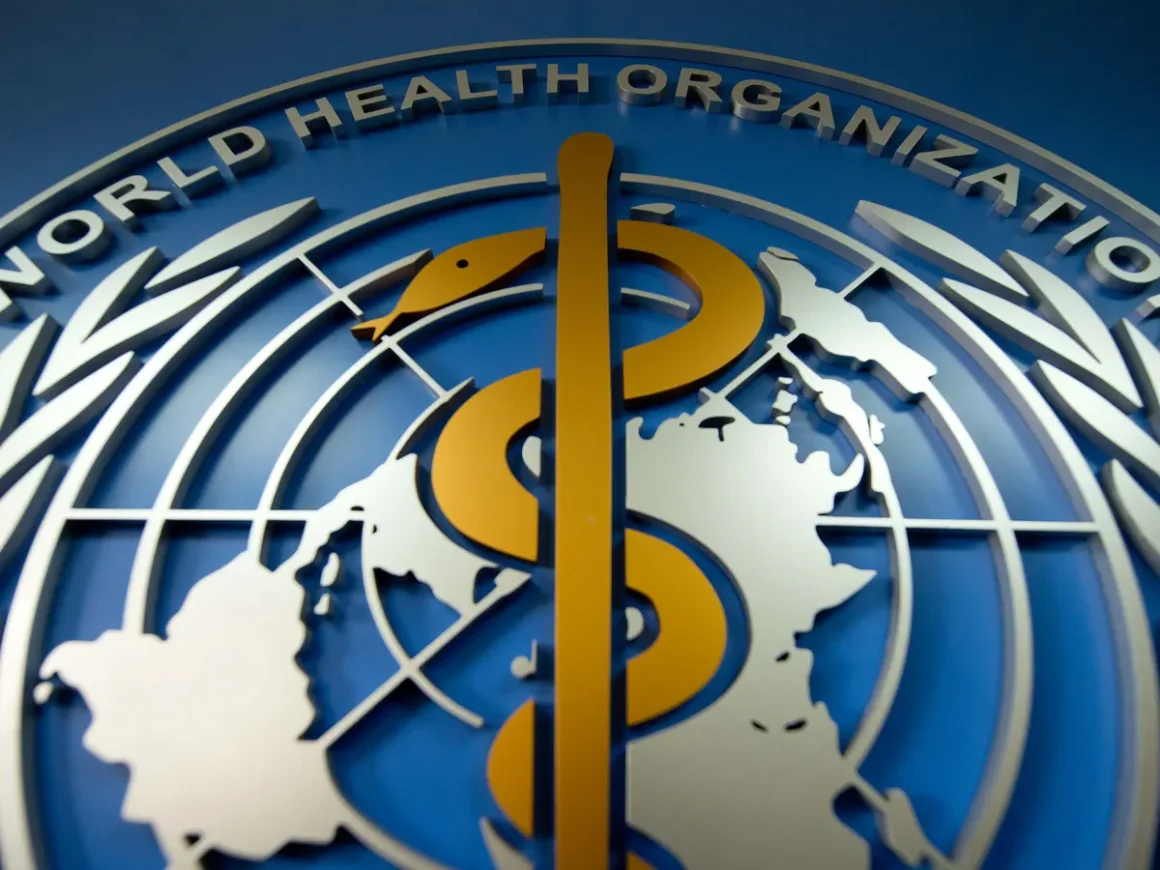By Saima Wazed, WHO Regional Director for South-East Asia
World Food Safety Day, marked annually on June 7, was established by the United Nations General Assembly in 2018 to draw attention and inspire action to help prevent, detect and respond to public health threats associated with unsafe food.
Jointly facilitated by WHO and our sister agency, the Food and Agriculture Organization of the United Nations (FAO), World Food Safety Day aims to contribute to food security, consumer health, economic prosperity, agriculture, market access, tourism and sustainable development. This year’s theme is ‘Food safety: prepare for the unexpected.’
Every day, approximately 1.6 million people worldwide fall ill due to the consumption of unsafe food. Some 40 percent of them are children under 5, already at a higher risk of malnutrition and mortality due to unsafe food. In low- and middle-income countries, an estimated annual loss of USD 110 billion is linked to reduced productivity and heightened medical costs resulting from foodborne illnesses.
Our South-East Asia Region bears the second-highest health burden due to the consumption of contaminated food, with an estimated 150 million illnesses and 175 000 deaths yearly. The tropical climate in many countries in the region promotes the spread of pests and advances the formation of naturally occurring toxins, a situation worsened by the impacts of climate change. The frequency and intensity of extreme weather events are increasing which is estimated to have the potential of causing, enhancing or modifying the occurrence and incidence of food-borne and water-borne diseases.
In 2004, WHO and FAO initiated the global network of national food safety authorities. INFOSAN – the International Food Safety Authorities’ Network – with 189 member countries, has been overseeing and documenting hundreds of food safety incidents annually. The role of member engagement in INFOSAN is crucial to ensuring prompt and effective response to global food safety crises. Through international cooperation during food safety incidents, risk management strategies have been efficiently implemented to prevent the further distribution of contaminated food.
This year, we are reminded that food safety is a collective responsibility, and that governments, producers, and consumers need to play their role in ensuring food safety.
Governments are encouraged to develop and regularly test the effectiveness of national food safety emergency response plan, while also enhancing other elements of national food control system, including the foodborne disease surveillance and regular risk-based food inspection. Multisectoral collaboration involving food safety competent authorities and the food producers helps minimize public health impact.
The producers or food business operators are responsible for implementing and updating food safety management plans, including regular staff training and immediate action in cases of a food safety incident. They must ensure that food handlers undergo critical medical examination relevant to food safety and receive vaccination against typhoid fever and viral hepatitis A. Typhoid conjugate vaccine has been introduced but it is recommended to improve water, sanitation and hygiene (WASH) as 80% of waterborne and foodborne diseases are preventable with these measures.
Consumers needs to be empowered to practice safe food handling at home and follow WHO’s Five Keys to Safer Food. Consumer education on how to report a food safety incident and to react to the unexpected that may occur at domestic setting is critical.
Today, on World Food Safety Day, it is worth reminding us that we are all risk managers. We all evaluate food safety risks as part of our daily choices. These choices are made by individuals and collectively by families, communities, businesses and governments.
Let us commit to doing our part to draw attention to and inspire action toward preventing, detecting, and managing foodborne risks.

